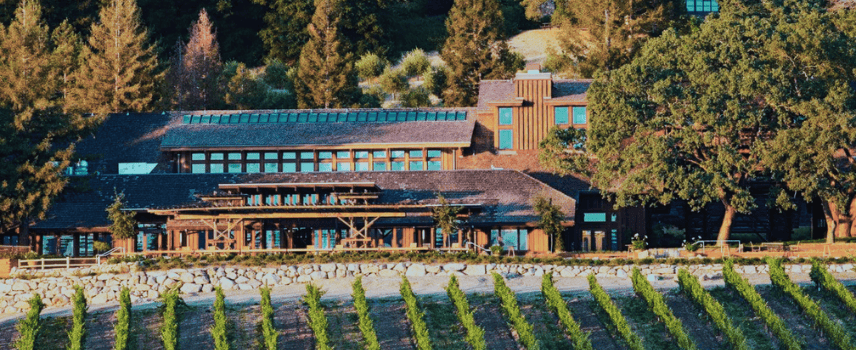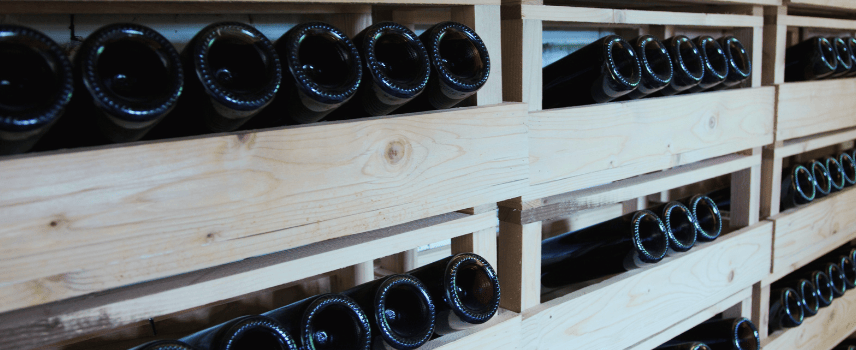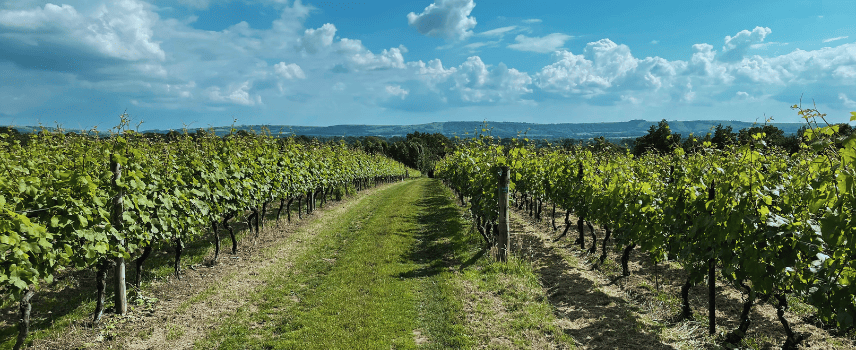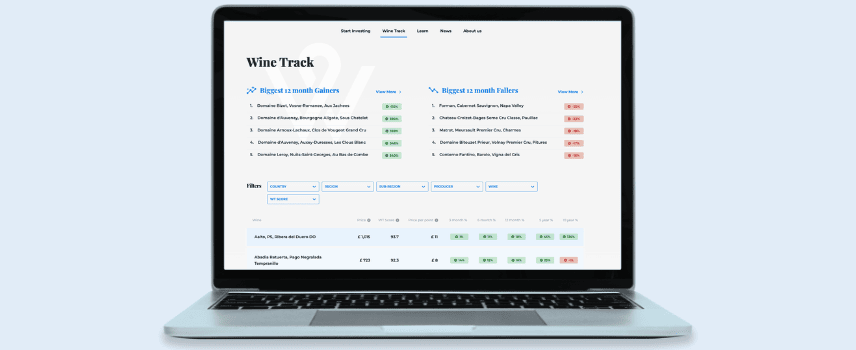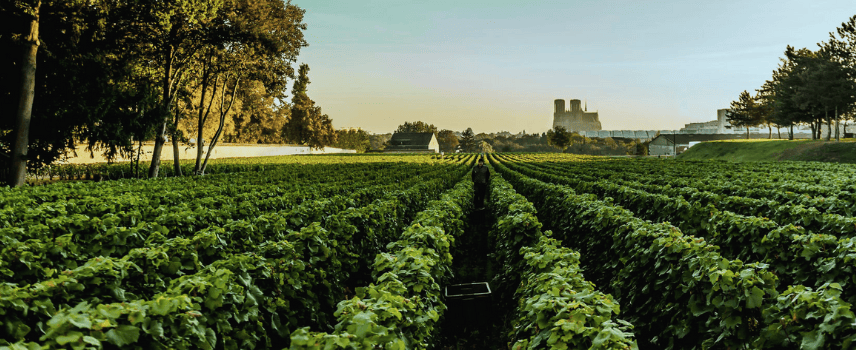With an increasing number of investors looking to alternative investments, and in particular fine wine, WineCap’s CEO Alex Westgarth explores why this sector has risen to prominence in recent years in Wealth Advisor. Read his opinion piece in full below:
‘Although wine is mainly known for its leisure benefits, many would be surprised to discover that fine wine investments can provide both stability and returns to investment portfolios during times of market volatility and uncertainty.
Fine wine investing can be a safe haven for investors in times of instability. As global markets experience increased levels of volatility due to factors such as the conflict in Ukraine, the threat of rising interest rates and spiking inflation, investors are exploring different ways to shield their wealth and assets.
We cannot predict what ways the current factors will affect the economy and financial markets and many experts expect volatility will stick around even when these short-term drivers have faded away. Therefore, investing in more stable options, such as fine wine, has grown in popularity in recent months.
Fine wine’s ability to hold its value through times of instability can be seen from historic data. At the start of the 2008 recession, the Liv-ex Fine Wine 1000, which tracks 1,000 wines from across the world, dropped 10 per cent from its peak in August 2008 to a low in December of that year. But by early 2009, it began a steady recovery and recouped all its losses by the end of 2009.
In contrast, the FTSE 100 fell 47.82 per cent and took over five years to return to pre-2008 levels. More recently, the first quarter of 2020 saw stock markets spiral down in the wake of COVID-19. While the S&P Global Luxury Index fell 23 per cent, the Liv-ex Fine Wine 1000 slipped just 4 per cent and had already begun its recovery by May 2020.
How is fine wine able to maintain such stability? As with the very nature of wine itself, the longer you hold on to it, the more valuable it becomes; and in investment terms, the more consistent your returns become. This is because, over the long-term, the demand-supply imbalance is exacerbated by increasing consumption and subsequently decreasing availability, and therefore wines become more desirable due to rarity and improvements in quality as they age.
Furthermore, the fine wine market is self-contained and, to a large extent, divorced from equity markets. This is because the value of the wine market is not determined by a single economy, rather, it shadows the movement of wealth around the world.
This unique characteristic means it is less vulnerable to the fluctuations witnessed in conventional equity markets which ultimately allows people to safeguard their investments and distance themselves from the exposure that traditional investors are often forced to endure. Moreover, the wine investment market provides flexibility as it is less open to fashionable interpretation compared to most other luxury collectables.
Particularly, when market volatility increases or economic conditions go south, investors acknowledge that fine wine can offer great capital preservation, real value growth and a way to diversify a portfolio away from the most volatile assets. Good wine will always be in demand, which means long-term returns will continue to be supported by consistent consumption.’


